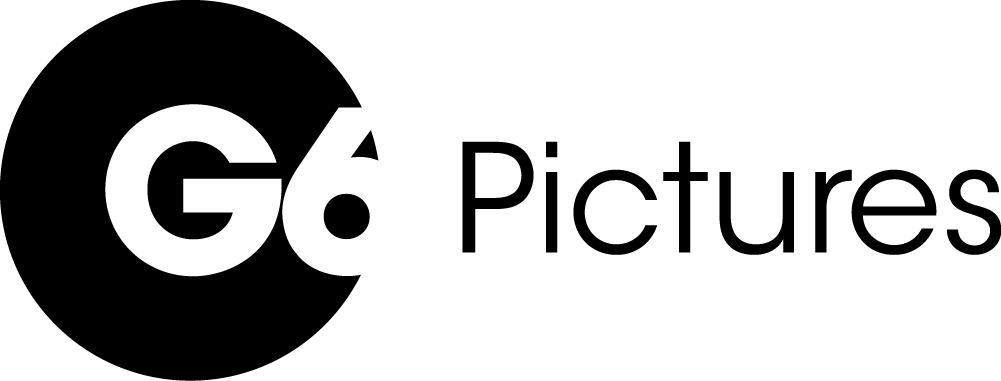Publications.
Antiracist Pedagogy Requires Co-Conspirators
G (Giovanna) Chesler, published in Journal of Cinema and Media Studies
Critically and urgently, minoritized antiracist educators need co-conspirators acting to make strategic and structural change. Antiracist pedagogues can experience violent pushback from anonymized actors of white supremacy and patriarchy, emboldened by structures of opacity in the academic institution. The project requires strategic participation, support, a budget, and a stable archive.
Professoring and Parenting in a Pandemic
Giovanna Chesler, published in Jump Cut
As Coronavirus spread in the United States in March 2020 and universities shut their classrooms and in-person services, university educators were asked to immediately retool their syllabi, course offerings, and check in with students facing a massive crisis. For those educators with young children at home, they simultaneously became teachers and tech support at home, while holding their children through the changes. In this essay / oral history with educators around the US, we reveal their acute and ongoing stress. By centering voices of POC educators, this piece expresses the moment of COVID shut downs colliding with the 2020 uprising for racial justice in this country and how faculty and staff of color – who are also parenting and educating at home - continue to be asked to repair predominantly white academic spaces during the coronavirus pandemic.
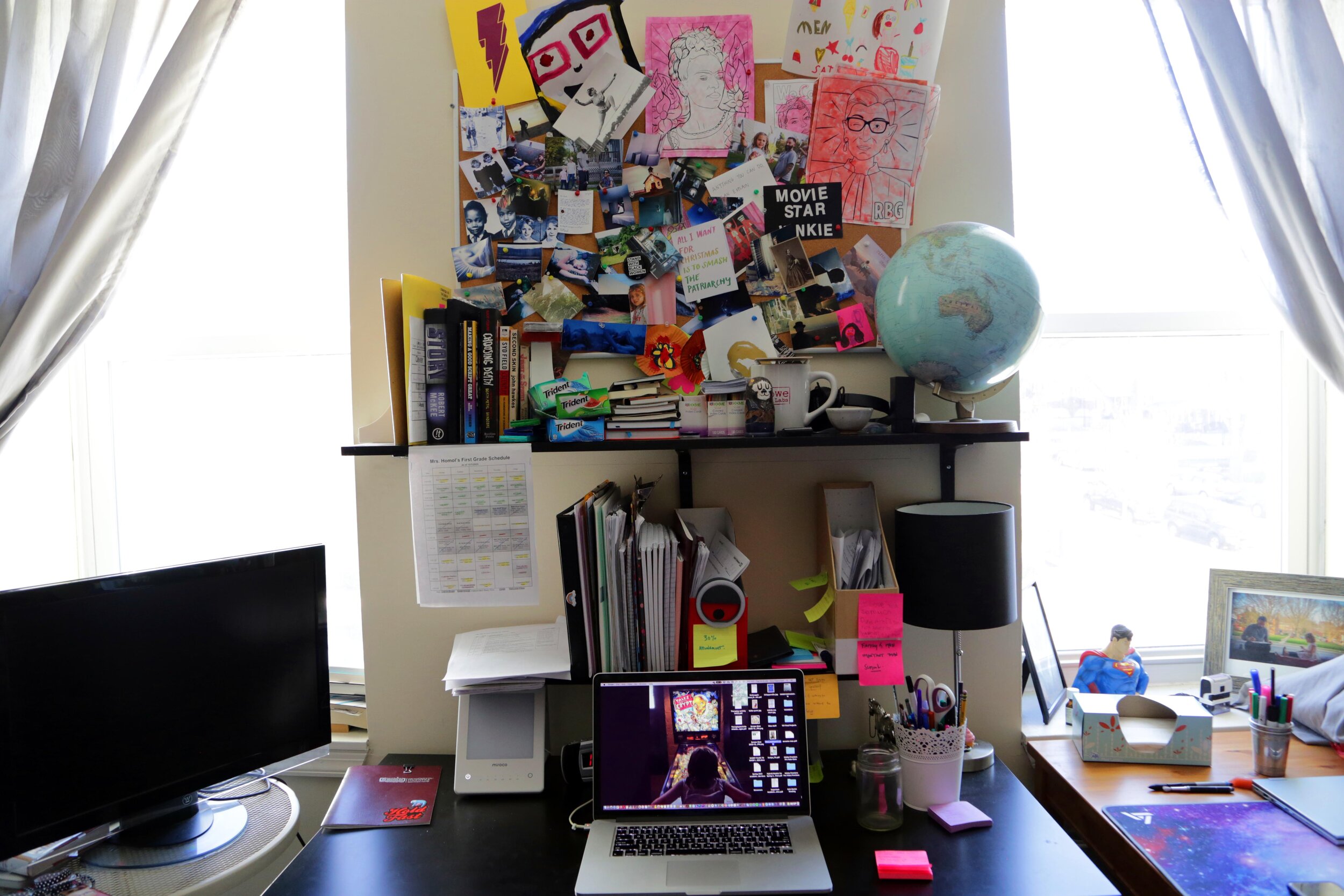
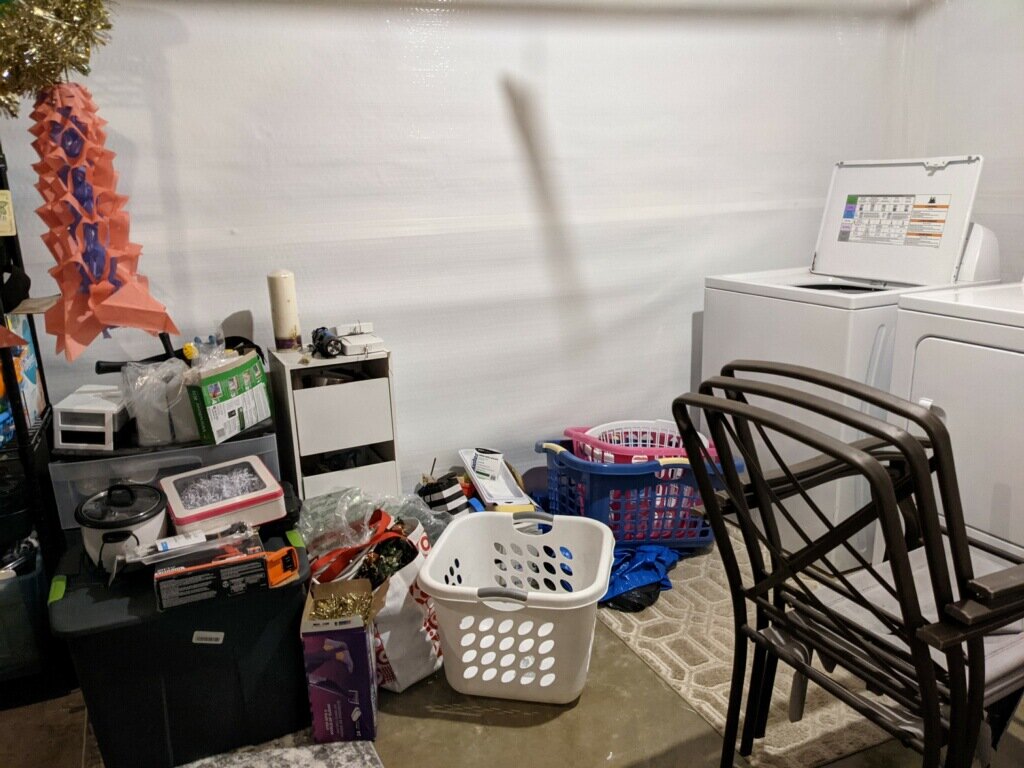
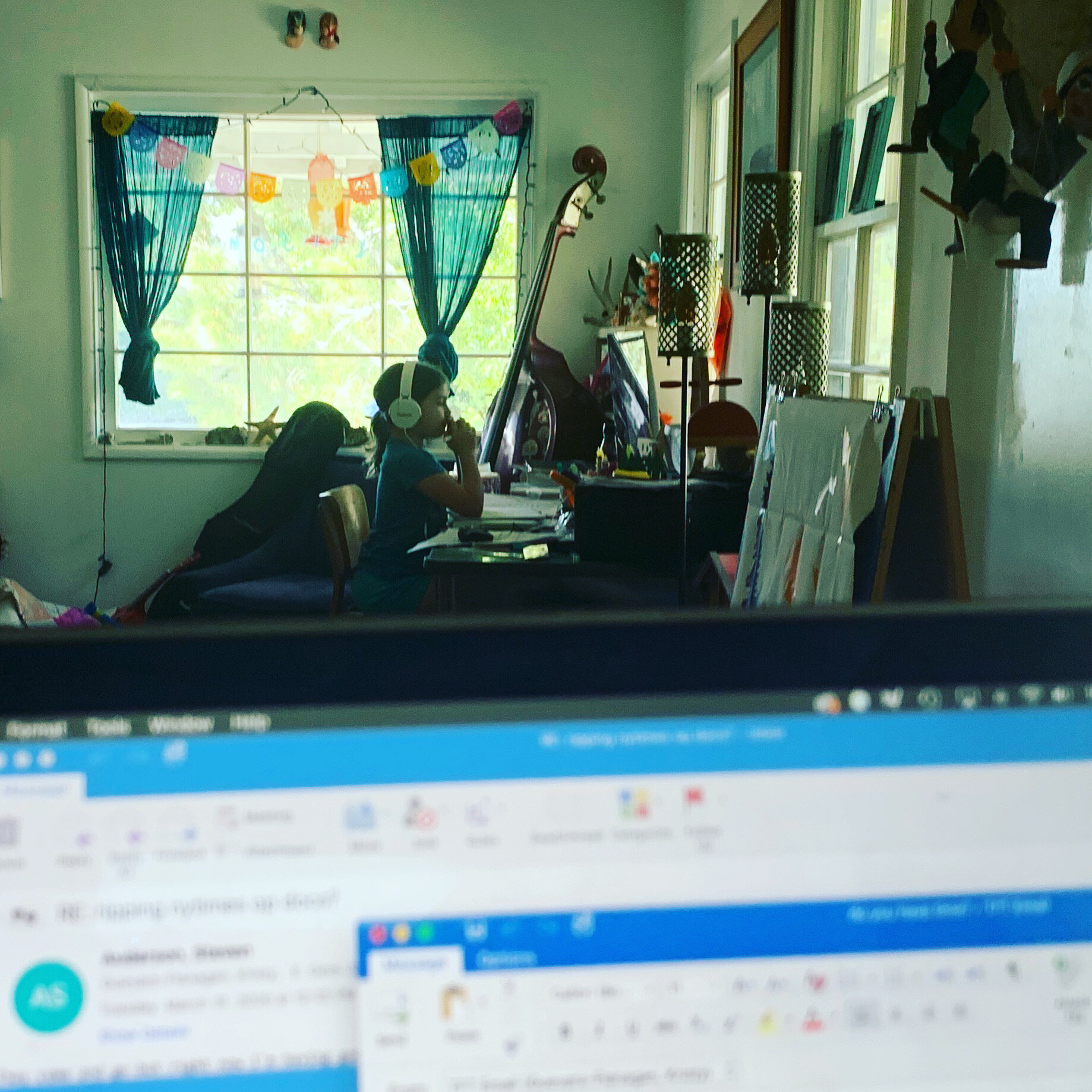
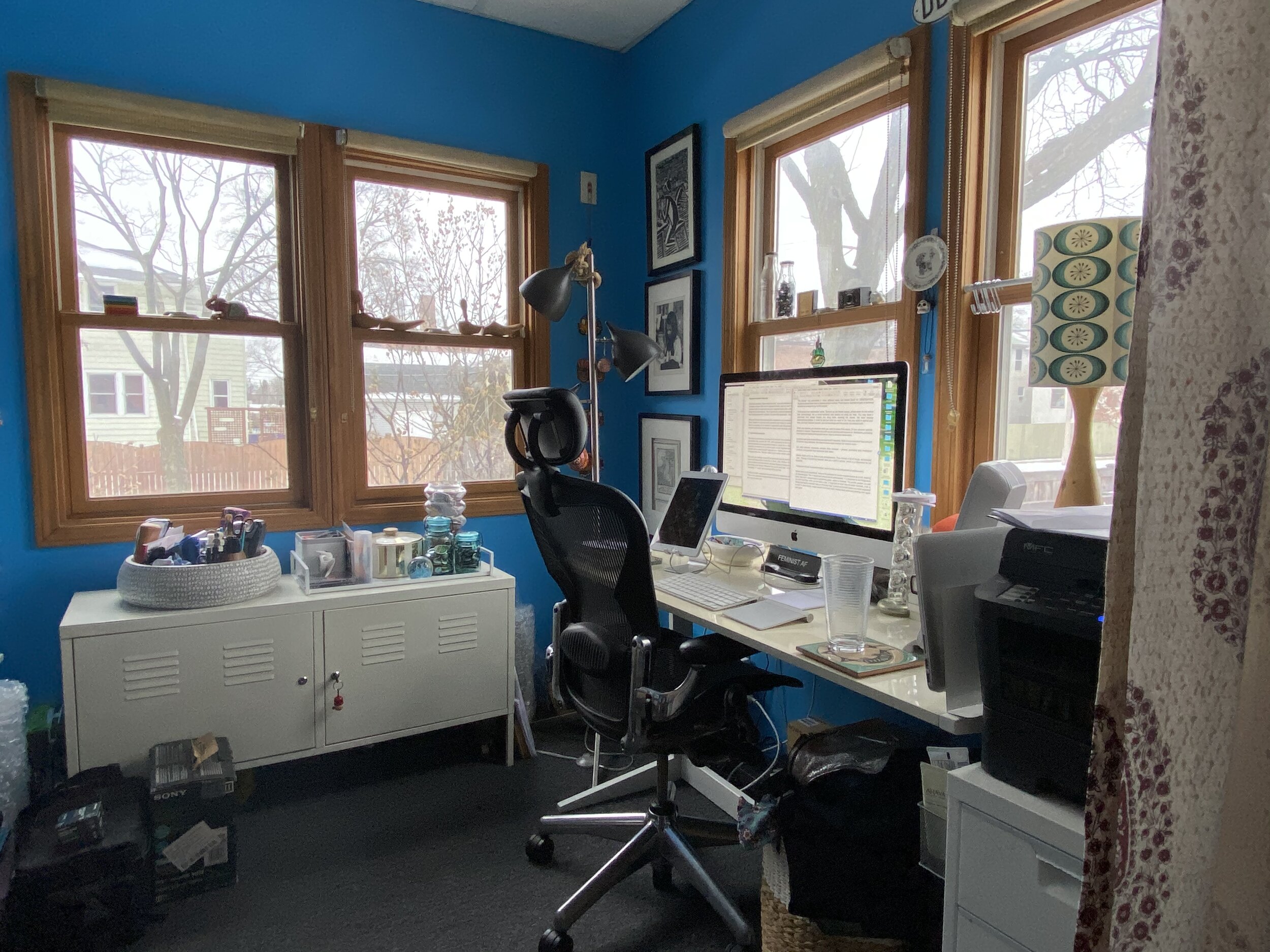
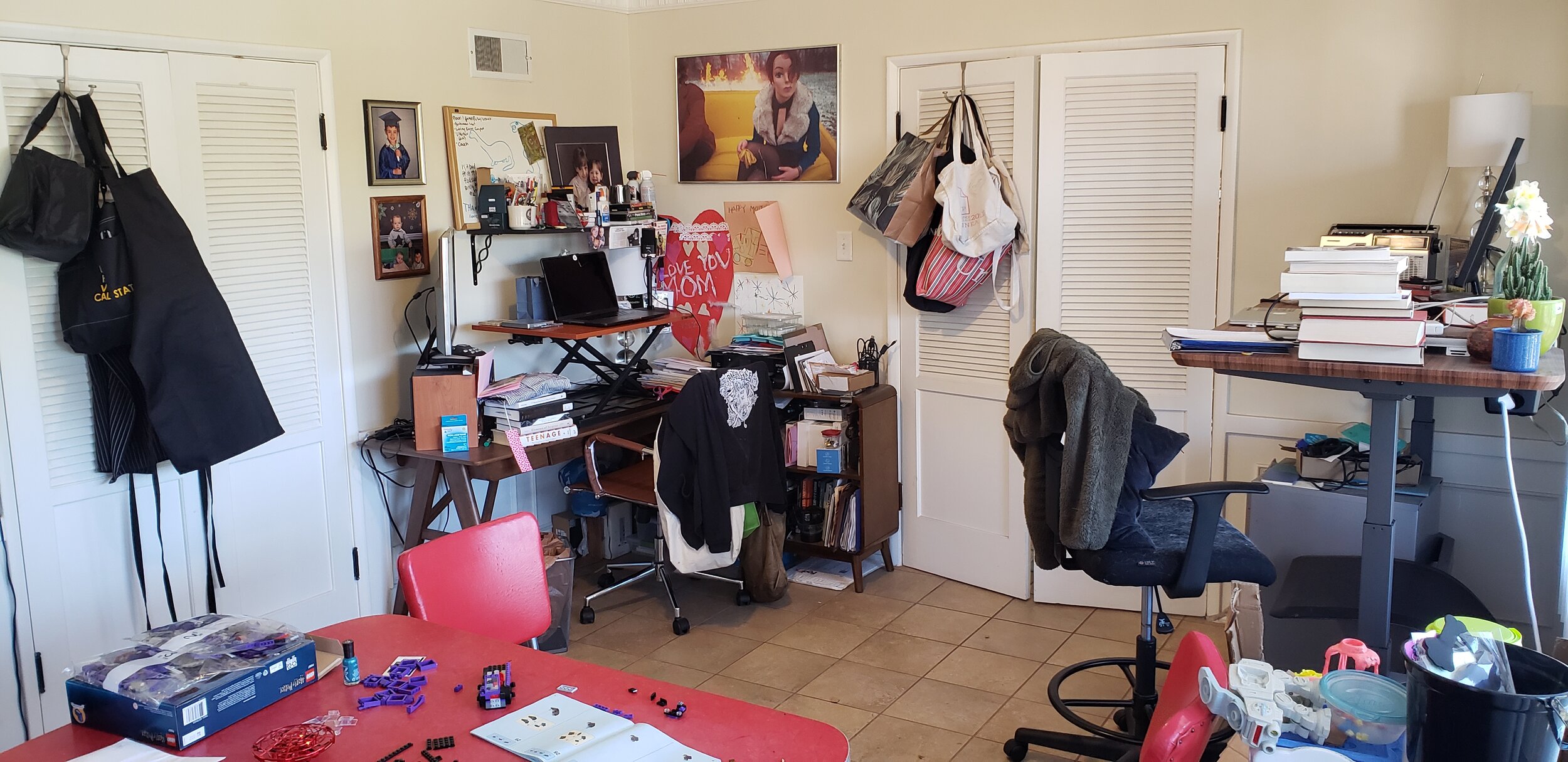
Collaborative Media Production: Authorship and Distribution
Rebecca Mushtare and Giovanna Chesler
published in Issues in Engaged Scholarship
Educators and media artists Chesler and Mushtare consider the importance of open communication around authorship between students and community partners in community engaged learning classrooms that include media production components. During their workshop presentation at the NYMAPS symposium at St. John’s University in New York City in May 2012, Chesler and Mushtare used collaborative media project examples from their courses to illustrate and identify key authorship, attribution, distribution and copyright issues for consideration. These eight guidelines introduce questions to address and methods to use while planning and developing collaborative media projects in order to solidify shared ownership for the future benefit of the community partner’s mission as well as the student’s creative and professional goals.
Truth in the mix: Frederick Wiseman’s construction of the observational microphone
Giovanna Chesler
Published in Jump Cut
In considering Frederick Wiseman's sound editing in High School and Domestic Violence, Chesler reveals how the observational documentary sound edit constructs documentary reality. This essay was originally published in German in an edited collection on Wiseman's work in DFI Vorwerk edited by Eva Hohenberger.
Representing Choice: Tune in HPV
Giovanna Chesler and Bree Kesser
Published in The HPV Vaccine and the Politics of Medicine's Simple Solutions. Edited by Keith Wailoo (Editor), Julie Livingston (Editor), Steven Epstein (Editor), Robert Aronowitz (Editor). Johns Hopkins University Press.
The Tune in HPV project was developed as an alternative space for public discussion of HPV, one that might reinsert sex practice and sexual behavior into any consideration of the virus and one which would diversity representations of people who contract and spread HPV beyond the limited set of young girls featured in the Gardasil adverts at the time. Here Chesler and Kessler consider the projects' development and the alternative site that was created to the vaccine.
Giovanna Chesler
Published in Jump Cut
In teaching beginning and advanced level media production, I have taken on the habit of teaching sound production first, followed by instruction on image making. From the beginning, students produced exciting and innovative projects and engaged well with a methodology and theory set that was new to them. I’ve since changed my pedagogical approach and now begin video production courses with audio instruction at all levels, having applied this methodology to an introductory video production course (120 students in six lab sections), a graduate course in media methods, and a high school video program for girls. Full Article...
